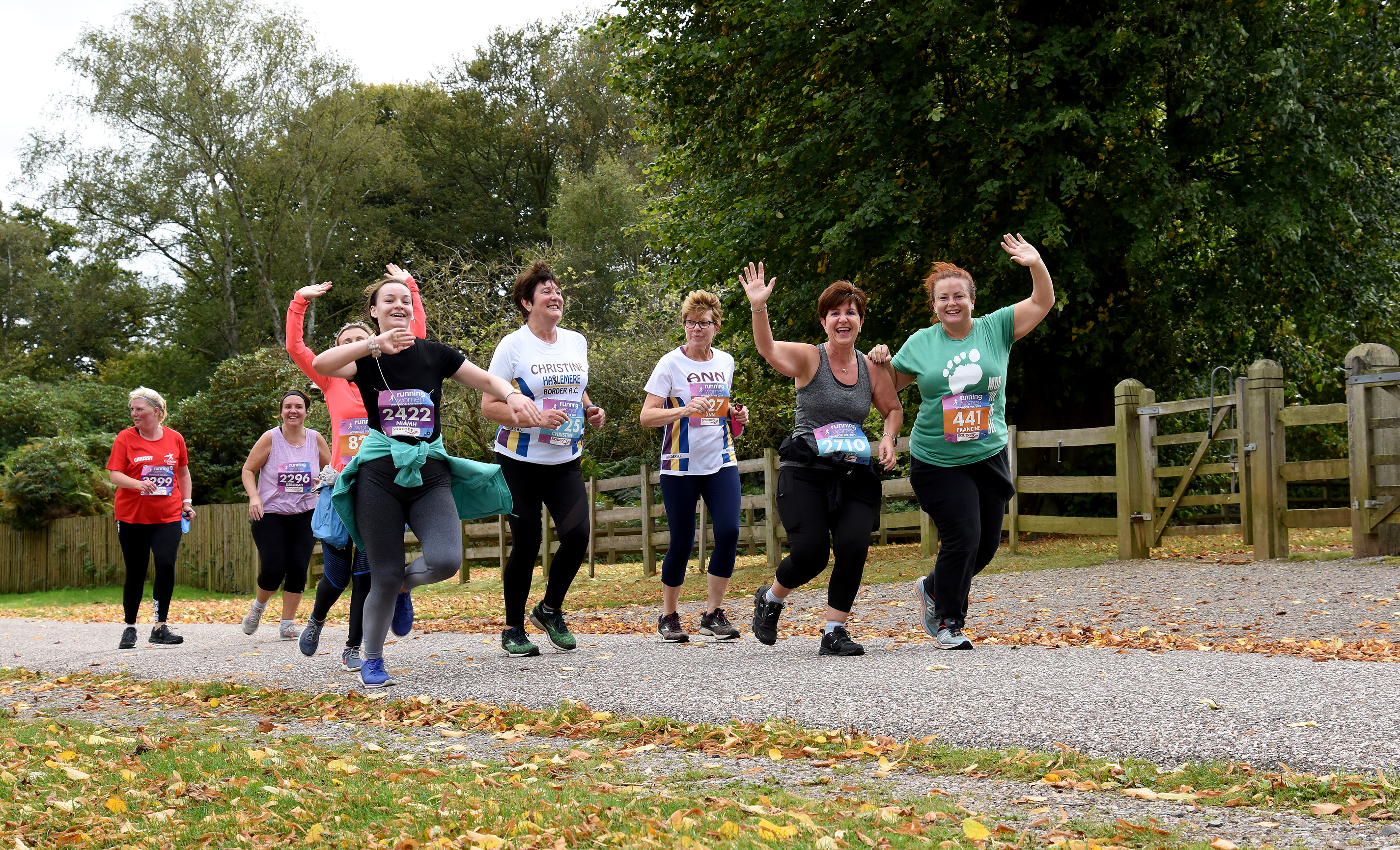Setting Realistic Goals For 10K Races
Setting Realistic Goals for 10K Races: A Guide to Training and Achieving Success
Introduction: The Importance of Setting Realistic Goals for 10K Races:
Setting realistic goals is crucial for ensuring effective training and race performance. When it comes to 10K races, having clear and achievable goals can make a significant difference in your overall experience and satisfaction. Unrealistic goals, on the other hand, can have negative physical and mental effects, leading to disappointment and potential burnout. By setting realistic goals, you provide yourself with a sense of accomplishment and motivation to keep pushing forward.
Understanding the Significance of Realistic Goals:
Aligning your race goals with your training targets is key to maintaining consistency in your training. It ensures that your efforts are focused and effective, allowing you to make progress toward your desired outcome. Additionally, evaluating your fitness through a tune-up race allows you to assess your current performance and make any necessary adjustments to your goals. Defining multiple race goals, including a finish goal, provides flexibility to adapt to unforeseen circumstances and ensures that you achieve at least one of your goals.
Factors to Consider When Setting Goals:
When setting goals for a 10K race, it’s important to consider various factors to ensure they are realistic and attainable. One crucial factor is aligning your goals with your training. This means that your goals should be challenging yet within reach based on your current fitness level and the progress you’ve made during your training. Setting goals that are too easy may not provide enough motivation, while setting goals that are too ambitious may lead to disappointment and potential burnout.
Another factor to consider is the specific course and conditions of the race. Different courses have their own challenges, such as hilly terrain or varying weather conditions. Taking these factors into account when setting your goals will help you gauge what is realistically achievable on race day.
Additionally, it’s important to adjust your goal pace based on the likely rate of improvement you can expect from your training. By analyzing your training history and understanding how your performance has improved over time, you can set a goal pace that reflects your current abilities and potential for growth. As you progress in your training, be open to adapting and modifying your goal pace to ensure it remains realistic and aligned with your capabilities.
Setting Realistic Time Goals:
When setting time goals for a 10K race, it’s helpful to start with pace, rather than focusing solely on the finish time. By determining the pace you need to maintain throughout the race, you can better plan your pacing strategies and overall race strategy. This approach takes into account the variability of course conditions and allows for adjustments during the race.
To estimate your performance at a new distance, you can use key workouts and “B” races as benchmarks. These shorter races or time trials can provide insights into your current fitness level and help you set a realistic time goal for the 10K race. Additionally, considering the specific course and conditions of the race, such as elevation changes or weather, will help you set a time goal that takes these factors into account.
Taking into consideration your likely rate of improvement based on your training history is also important when setting time goals. By analyzing your past performances and understanding how your training has influenced your progress, you can set achievable goals that reflect your current capabilities. Remember to adjust and adapt your goal pace as you continue training and racing to ensure that your goals remain realistic and attainable.
Avoiding Common Mistakes:
When setting goals for 10K races, it’s important to avoid common mistakes that can hinder your performance and overall experience. One common mistake is setting overly aggressive goals for your first race. It’s important to be realistic about your abilities and not put too much pressure on yourself. Starting with more attainable goals and gradually increasing the challenge can help prevent burnout and disappointment.
Another mistake to avoid is setting arbitrary goal times without considering the necessary training to achieve them. It’s crucial to choose goal times that are based on your current abilities and take into account the effort required to reach them. Otherwise, you may end up wasting valuable training time on ineffective workouts.
Setting a goal pace that is too fast can also have negative consequences, such as an increased risk of injury due to overtraining. It’s important to be mindful of your body’s limitations and set a pace that allows for sustainable progress. Proper pacing on race day is crucial to avoid starting too fast and experiencing a decline in performance.
The Ladder Technique for Ambitious Goal Setting:
For those looking to set ambitious goals in running, the ladder technique can be a useful approach. This progressive method breaks big goals into smaller, manageable steps, making them more attainable and less overwhelming. By setting big stretch goals and establishing daily habits that support those goals, you can make consistent progress toward your ultimate objective.
Focusing on getting the foundation right is an essential aspect of the ladder technique. This means following a structured training plan, prioritising proper form and technique, and gradually building endurance and speed. By starting with a strong foundation, you set yourself up for better results and fewer injuries.
It is important that you keep a record of your training and your progress and below is a simple example of a page in a Training Diary which you can download and use or devise one of your own.
Conclusion:
Setting realistic goals for 10K races is essential for effective training and race performance. By aligning your goals with your training targets, considering the specific course and conditions, and adjusting your goals based on your likely rate of improvement, you can ensure that your goals are attainable and motivating. Avoiding common mistakes and using techniques like the ladder technique can further enhance your goal-setting process. Remember, setting realistic goals provides a sense of accomplishment, prevents burnout, and ensures continued progress in your running journey.
Download:
Check Out Our Black Friday 2023 Offer
Similar Posts:
- Setting Realistic Goals For 10K Races
- Why You Should Start a Training Diary – Part 2
- 5 Reasons To Sign Up For Our Races Today
- How To Find Your Fitness Starting Point
- Setting Short and Long Term Goals
- 9 Reasons You Should Run A 10K




Add Comment